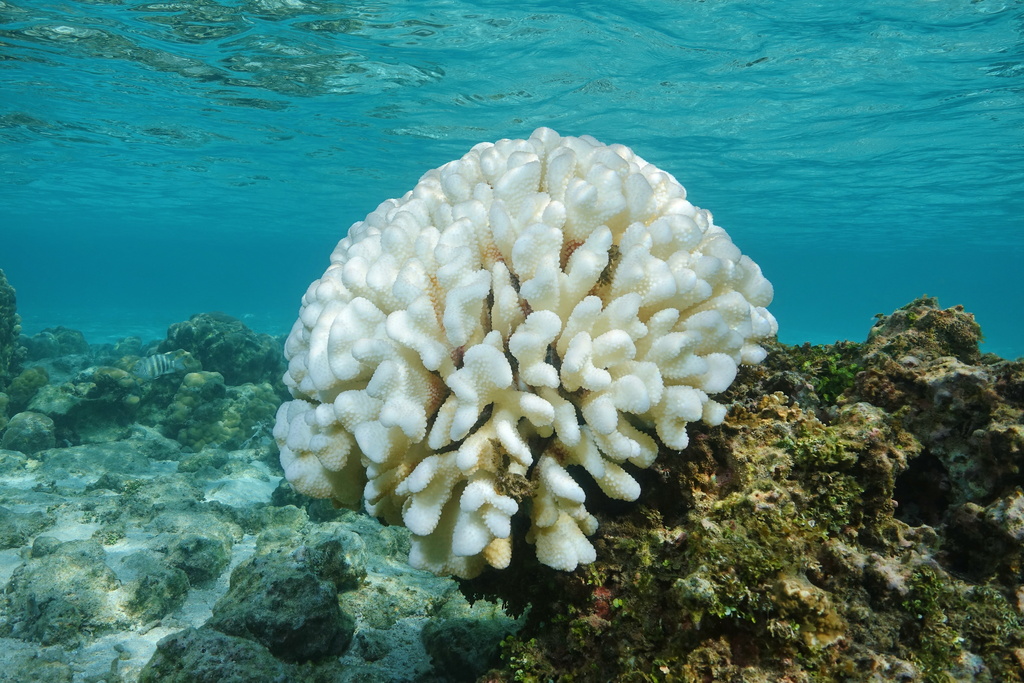Seasonal forecasts of ocean temperatures and coral bleaching risk have become critical tools for proactive reef management.
Rising ocean temperatures combined with a higher frequency of extreme events such as marine heatwaves are posing a growing threat to Australia’s coral reefs.
Corals are very sensitive to prolonged elevated sea temperatures, and when corals are stressed, they expel the symbiotic algae living in their tissues, causing them to turn white and look bleached.
In Australian waters, the Great Barrier Reef and coral reefs in northern and Western Australia, have experienced significant mass coral bleaching events in recent years.
The Bureau of Meteorology have developed new thermal stress products to further boost their seasonal ocean outlooks and coral bleaching risk forecasts, and the products have been presented in a recent paper.
Thermal stress is defined as a temperature change that is severe enough to cause unfavourable and even lethal conditions to aquatic organisms, their populations, community structure, or ecosystem.
The Bureau of Meteorology have been providing seasonal sea surface temperature (SST) forecast products with their forecasting model ACCESS-S (Australian Community Climate and Earth-System Simulator- Seasonal) since 2019 to reef stakeholders to ensure they have advance warning of coral bleaching events in the coming season.
IMOS provides the Bureau of Meteorology with critical in situ observations, including sea surface temperature (SST) data from sensors on Ships of Opportunity and Argo Floats, and remotely sensed sea surface temperature products. This data is used for forecast validation, and will also be assimilated directly in the new version of ACCESS-S (v2), due to be operational in late 2021.
The seasonal ocean outlook provides a window for response by reef managers, such as the Great Barrier Reef Marine Park Authority and the Australian Institute of Marine Science, to activate monitoring programs and mitigation options, potentially increasing reef resilience to the impacts of climate change.
The new thermal stress products consider both the magnitude and duration of thermal stress which is critical for determining reef impacts.
The thermal stress products will further advance the ability of the Bureau of Meteorology to forecast the likelihood of a marine heatwave event and provide an early warning system for coral bleaching risk around Australia.
Australia needs to better track and understand the impact of rising ocean temperatures to our iconic coral reefs. Sustained ocean observations, such as those delivered by IMOS, are needed by forecasters to underpin reef management and policy decisions into the future.
